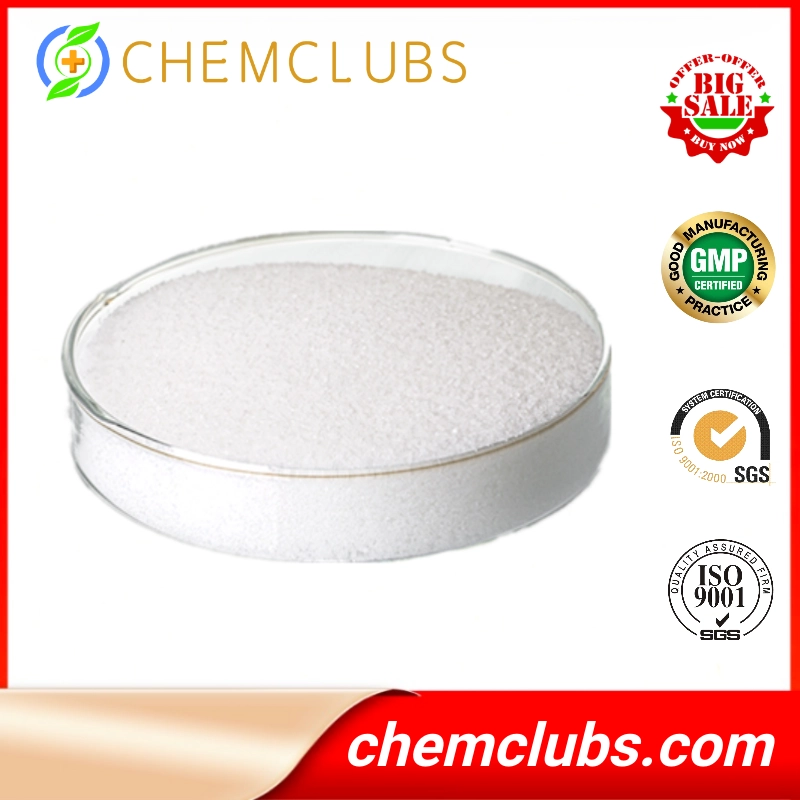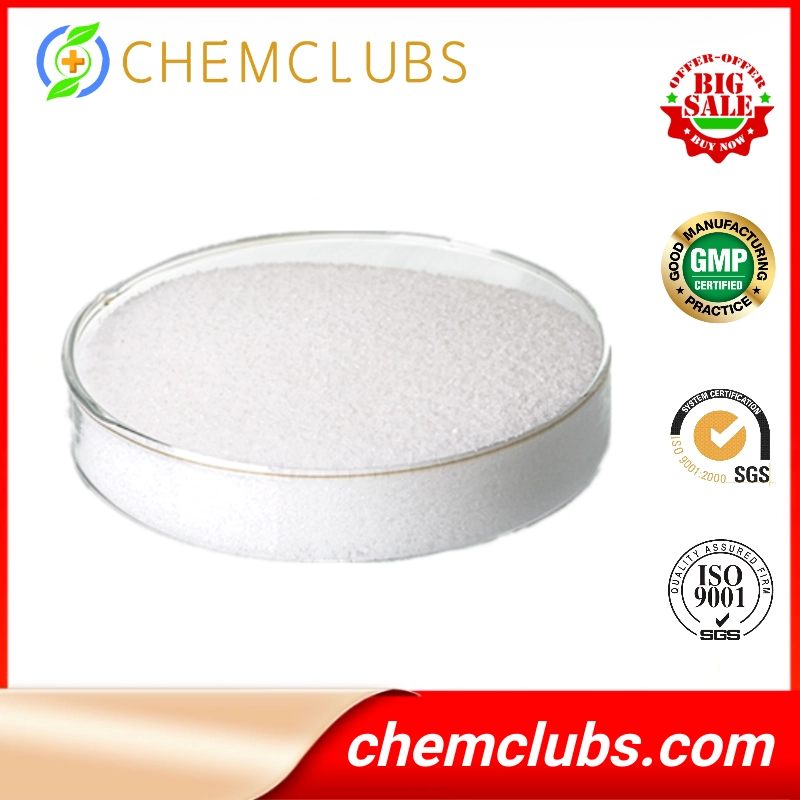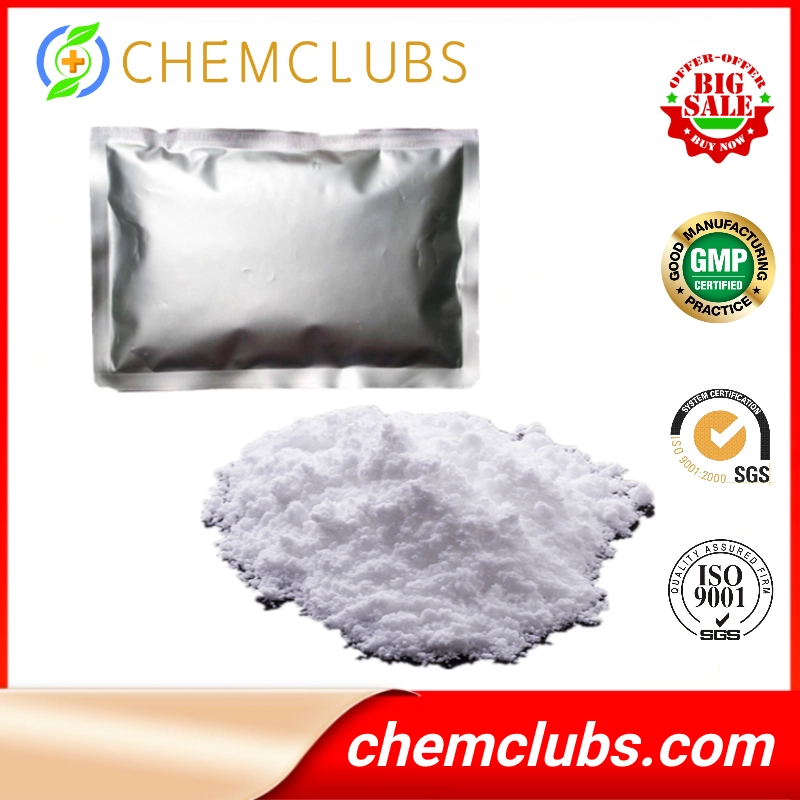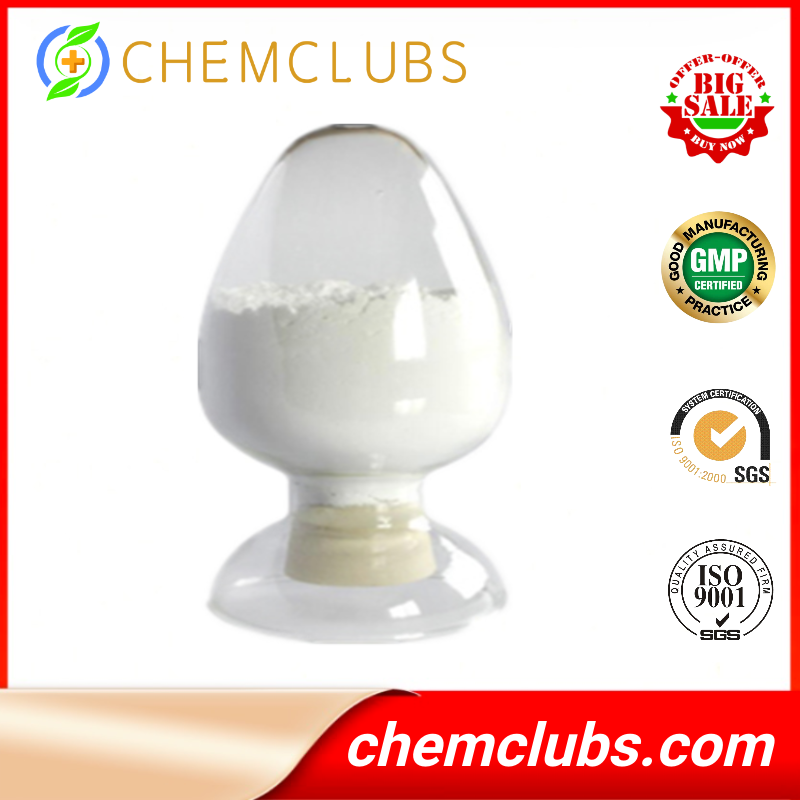
Benzocaine
Product Description:
99% Benzocaine Anesthetic Anodyne / Ethyl 4-Aminobenzoate 99% CAS 94-09-7 Relieve Pain
Quick Details:
Product name: Benzocaine
Alias: Americaine; ETHYL 4-AMINOBENZOATE; ETHYL P-AMINOBENZOATE
CAS register number:94-09-7
Assay:99.5%
EINECS:202-303-5
Molecular formula:C9H11NO2
Molecular weight:165.19
Appearance: White crystalline powder
Grade : Pharmaceutical Grade
Storage: Shading, confined preservation
Manufacturer: Quanao
Usage: Benzocaine is a local anesthetic commonly used as a topical pain reliever or in cough drops. It is the active ingredient in many over-the-counter anesthetic ointments such as products for oral ulcers. It is also combined with antipyrine to form A/B otic drops to relieve ear pain and remove earwax.
Product Description:
Benzocaine is used to relieve pain and itching caused by conditions such as sunburn or other minor burns, insect bites or stings, poison ivy, poison oak, poison sumac, minor cuts, or scratches.
Benzocaine belongs to a group of medicines known as topical local anesthetics. It deadens the nerve endings in the skin. This medicine does not cause unconsciousness like general anesthetics do when used for surgery.
This medicine is available without a prescription; however, your doctor may have special instructions on the proper use and dose for your medical condition.
This product is available in the following dosage forms:
Ointment
Spray
Liquid
Gel/Jelly
Cream
Wax
Uses
This medication is used to relieve pain and itching from certain ear conditions (e.g., middle ear inflammation with congestion and/or fluid build-up, "swimmer's ear", outer ear inflammation). Benzocaine is a topical anesthetic that helps to numb the pain and itching.
Do not use this medication in infants younger than 1 year.
How to use benzocaine otic?
To make sure that the right amount of medication is given, and to avoid touching the ear with the dropper, have another person insert the drops if possible. To lower the risk of dizziness, hold the container in your hand for a few minutes to warm it. To apply ear drops, wash your hands first. To avoid contamination, do not touch the dropper tip or let it touch your ear or any other surface. Lie on your side or tilt the affected ear upward. Hold the dropper directly over the ear, and place 4 to 5 drops into the ear canal or as directed. To help the drops roll into the ear of an adult, hold the earlobe up and back. In children, hold the earlobe down and back. Keep the head tilted for about 2 minutes, or insert a soft cotton plug if so directed. Repeat for the other ear if so directed. Do not rinse the dropper. Replace the cap after use. Repeat this procedure every 1 to 2 hours as needed or as directed by your doctor.
Do not use in the eye.
Inform your doctor if your condition persists after a few days of treatment or if it worsens.
Related products:
| Local Anesthetic APIS | |
| Benzocaine | CAS: 94-09-7 |
| Lidocaines HCl | CAS: 73-78-9 |
| Procaine HCl | CAS: 51-05-8 |
| Dyclonine Hydrochloride | CAS: 536-43-6 |
| Aarticaine Hydrochloride | CAS: 23964-57-0 |
| Propitocaine Hydrochloride | CAS: 1786-81-8 |
| Levobupivacaine Hydrochloride | CAS: 27262-48-2 |
| Ropivacaine Mesylate | CAS: 854056-07-8 |
Related Product
Best Madcican Product






